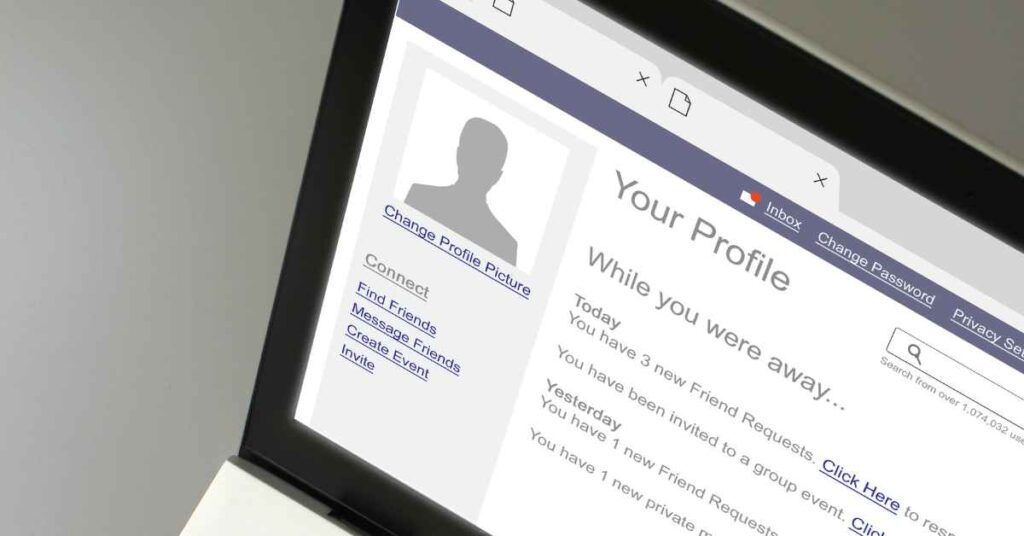Introduction
In today’s digital age, social media platforms have become an integral part of our lives, allowing us to connect and share with others. However, with the vast amount of personal information we share, it is essential to understand and configure the privacy settings on these platforms.
This article will explore the importance of privacy settings, provide an overview of privacy settings on popular social media platforms such as Facebook, Instagram, Twitter, and LinkedIn, and offer best practices for protecting your privacy on these platforms.
Understanding the Importance of Privacy Settings
Protecting Personal Information
Privacy settings allow you to control who can access your personal information such as your name, profile picture, contact details, and more. By configuring these settings, you can limit the visibility of your personal information to only those you trust.
Controlling Access to Posts and Updates
Privacy settings enable you to determine who can see your posts, updates, and shared content. You can choose to share with everyone, specific groups of friends, or even customize the audience for each individual post. This gives you greater control over the visibility of your content.
Managing Friend and Follower Requests
Privacy settings also allow you to manage friend and follower requests. You can choose to accept or decline requests based on your preferences and comfort level. Additionally, you can restrict certain individuals from viewing your profile or interacting with your posts.
Overview of Privacy Settings on Popular Social Media Platforms
Facebook offers a range of privacy settings that allow you to control who can see your profile, posts, and personal information. You can customize the audience for individual posts, manage friend requests, and control visibility settings for photos and tagged posts.
Instagram provides privacy settings that allow you to set your account to private, meaning only approved followers can see your posts and content. You can manage comments, restrict interactions, and control the visibility of your stories.
Twitter offers privacy settings that enable you to protect your tweets, making them visible only to approved followers. You can manage account discoverability, filter notifications and messages, and control who can tag you in photos.
LinkedIn allows you to manage the visibility of your profile, connections, and activity. You can control who can view your connections, hide your activity feed, and customize messaging preferences.
Configuring Privacy Settings on Facebook
Privacy Settings Overview
Facebook provides a comprehensive set of privacy settings accessible through the settings menu. From there, you can manage profile visibility, post audience, friend requests, and more.
Controlling Profile Visibility
You can choose who can see your profile information, including your posts, photos, and personal details. You can set it to public, friends only, specific friend lists, or customize it further.
Managing Posts and Tags
Facebook allows you to control who can see your posts and who can tag you in photos and posts. You can customize the audience for each individual post or review tags before they appear on your timeline.
Customizing Audience for Posts
With Facebook’s privacy settings, you can customize the audience for each post. You can choose to share with everyone, friends, friends except specific people, or specific friend lists.
Blocking Users and Restricting Content
Facebook provides options to block specific users, preventing them from accessing your profile, sending friend requests, or interacting with your content. You can also restrict content visibility for certain individuals without blocking them.
Configuring Privacy Settings on Instagram
Privacy Settings Overview
Instagram offers privacy settings that allow you to control the visibility of your account and the interactions you receive. These settings can be accessed through the account settings menu.
Setting Account Privacy
Instagram allows you to set your account to private, meaning only approved followers can see your posts and content. You can enable this setting in the privacy settings menu.
Managing Interactions and Comments
You can manage who can interact with your posts and comment on them. Instagram provides options to restrict interactions from specific users, filter comments, and block or restrict accounts.
Controlling Story Visibility
Instagram offers options to control the visibility of your stories. You can choose to hide your story from specific followers or create close friends lists to share stories with a selected group.
Configuring Privacy Settings on Twitter
Privacy Settings Overview
Twitter provides privacy settings that can be accessed through the account settings menu. These settings allow you to control the visibility of your tweets, interactions, and account discoverability.
Protecting Tweets
You can protect your tweets on Twitter, making them visible only to approved followers. This option can be enabled in the privacy settings, ensuring your tweets are only seen by those you allow.
Managing Account Discoverability
Twitter allows you to control the discoverability of your account. You can choose to prevent search engines from indexing your profile and limit who can find you through your email address or phone number.
Filtering Notifications and Messages
Twitter provides options to filter notifications and messages. You can customize your notification preferences, mute specific accounts or keywords, and control who can send you direct messages.
Configuring Privacy Settings on LinkedIn
Privacy Settings Overview
LinkedIn offers privacy settings that allow you to manage the visibility of your profile, connections, and activity. These settings can be accessed through the account settings menu.
Managing Profile Visibility
You can control who can see your LinkedIn profile and the information displayed. LinkedIn provides options to set your profile visibility to public, connections only, or a customized level of visibility.
Controlling Who Can Message You
LinkedIn allows you to control who can send you messages. You can choose to receive messages from connections only or set specific messaging preferences based on your needs.
Customizing Networking Preferences
You can customize your networking preferences on LinkedIn. This includes options to show or hide your “People Also Viewed” section, profile viewing mode, and visibility of your connections.
Best Practices for Protecting Privacy on Social Media
Regularly Review and Update Privacy Settings
Regularly review your privacy settings on social media platforms and update them according to your preferences. Platforms may introduce new features or changes to privacy settings, so staying informed is crucial.
Be Mindful of Sharing Personal Information
Exercise caution when sharing personal information on social media. Avoid sharing sensitive details such as your address, phone number, or financial information publicly. Be aware of who can see your posts and adjust privacy settings accordingly.
Adjust Privacy Settings for Specific Posts
For each post you make, consider customizing the audience and privacy settings based on the content and intended audience. This allows you to maintain control over who can view your posts.
Be Selective with Friend and Connection Requests
Carefully consider friend and connection requests, accepting only those from individuals you know and trust. Be cautious of accepting requests from unknown or suspicious accounts.
Educate Yourself About Platform Privacy Policies
Stay informed about the privacy policies and terms of service of the social media platforms you use. Understanding how your data is handled and what permissions you grant to the platform can help you make informed decisions.
Conclusion
Protecting your privacy on social media platforms is crucial in today’s digital age. By understanding and configuring privacy settings, you can control the visibility of your personal information, posts, and interactions.
Regularly reviewing and updating your privacy settings, being mindful of the information you share, and practicing best practices for privacy protection will help ensure a safer and more secure online experience.
FAQs (Frequently Asked Questions)
- Can I adjust privacy settings on social media platforms from mobile devices?
- Yes, most social media platforms provide mobile apps that allow you to access and adjust privacy settings on the go.
- Can I customize privacy settings for each individual post on social media?
- Yes, many platforms offer options to customize the audience and privacy settings for each post you make.
- Should I make my social media accounts private to protect my privacy?
- Making your social media accounts private can provide an additional layer of privacy, allowing only approved followers to see your content. However, it may limit your reach and interaction with others on the platform.
- Are my privacy settings on social media platforms permanent?
- No, you can change your privacy settings at any time. It’s recommended to regularly review and update your settings to align with your preferences and any platform changes.
- Can I still be tagged in posts and photos even if I adjust my privacy settings?
- Adjusting your privacy settings can limit who can tag you in posts and photos, but it’s still possible for others to mention your name or handle in their content. You can review and manage tags before they appear on your profile.
Note: The specific instructions and options for privacy settings may vary across social media platforms and may change over time. Always refer to the official documentation and help resources provided by the platforms for the most accurate and up-to-date information.




